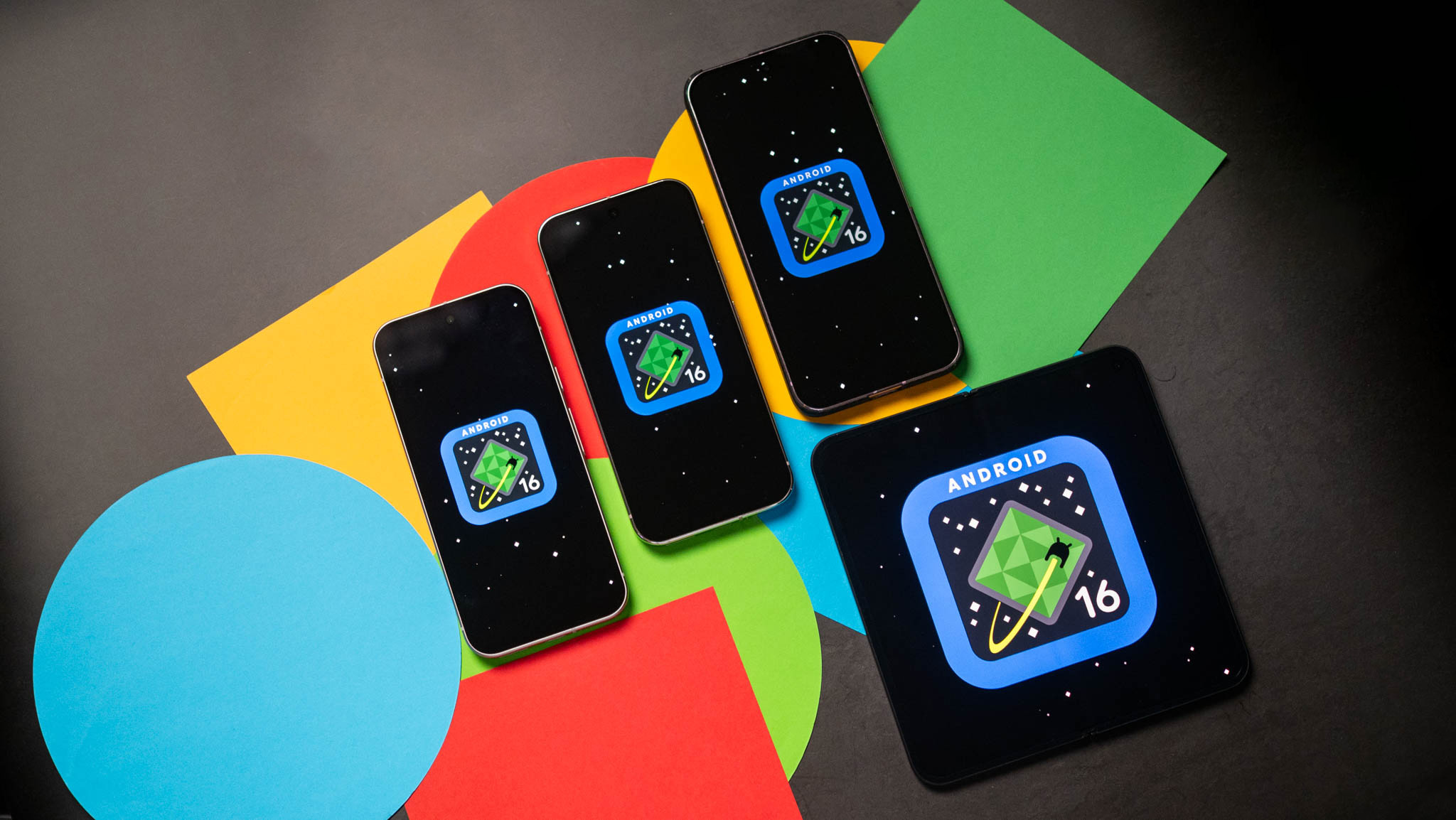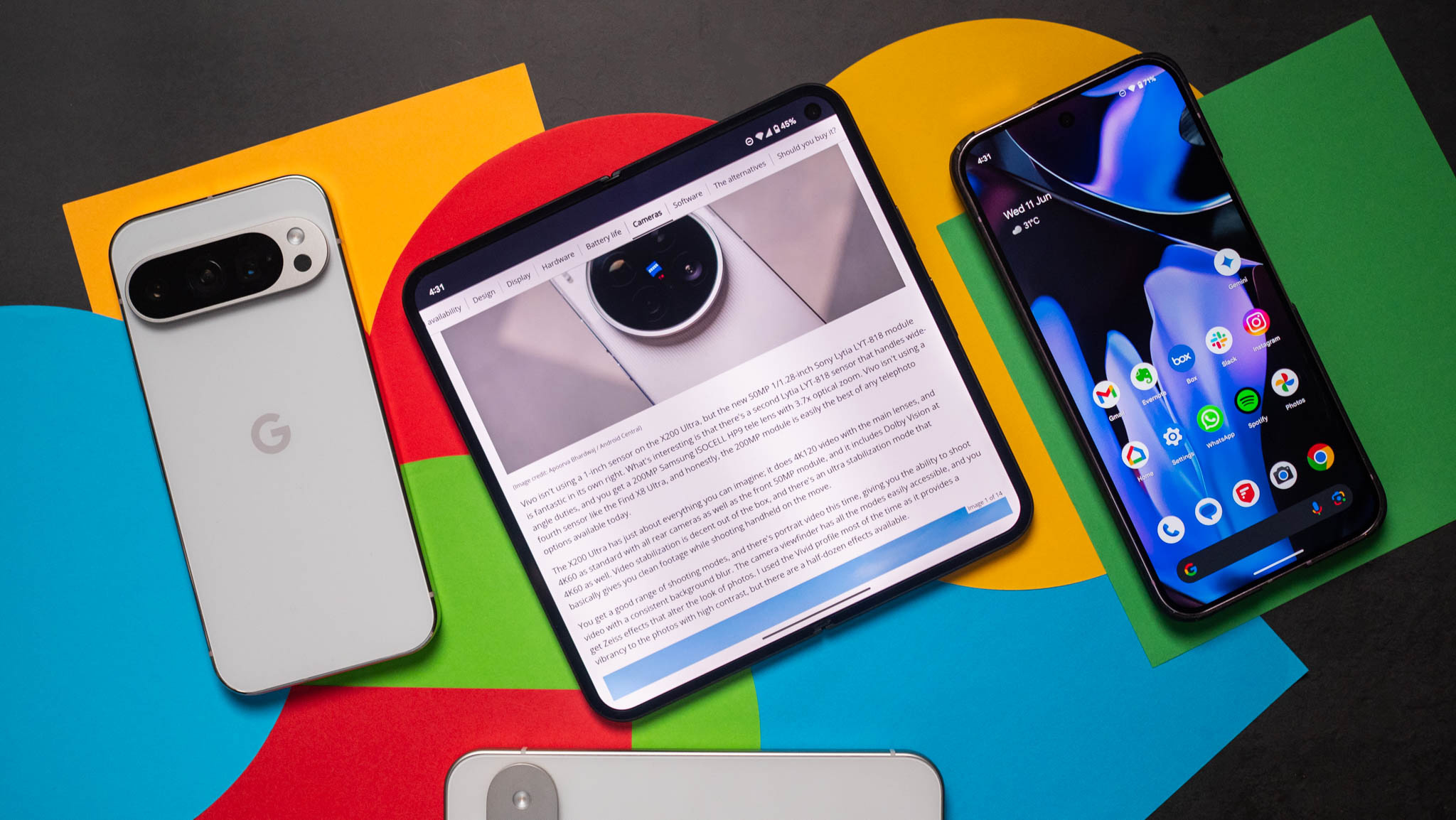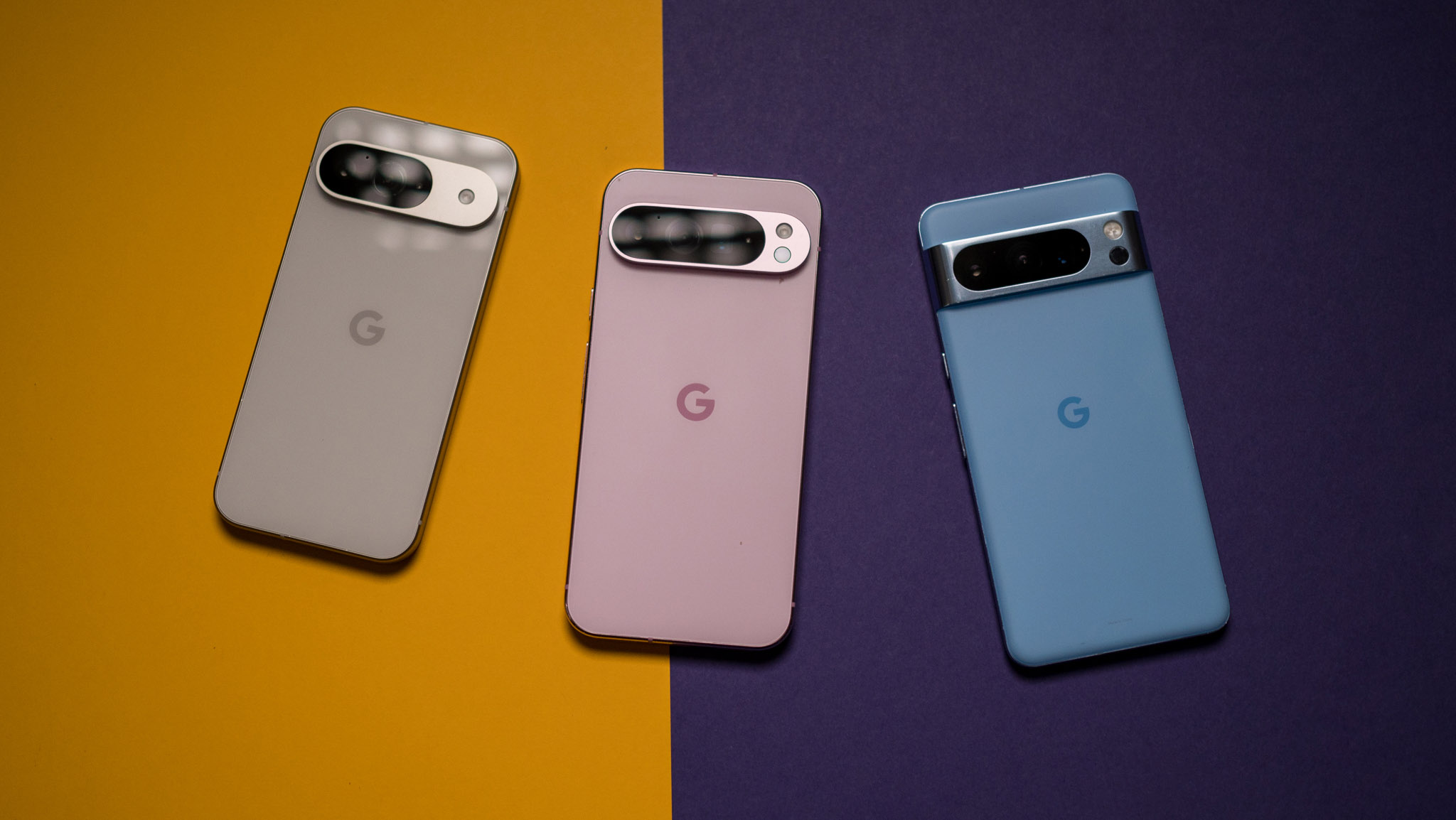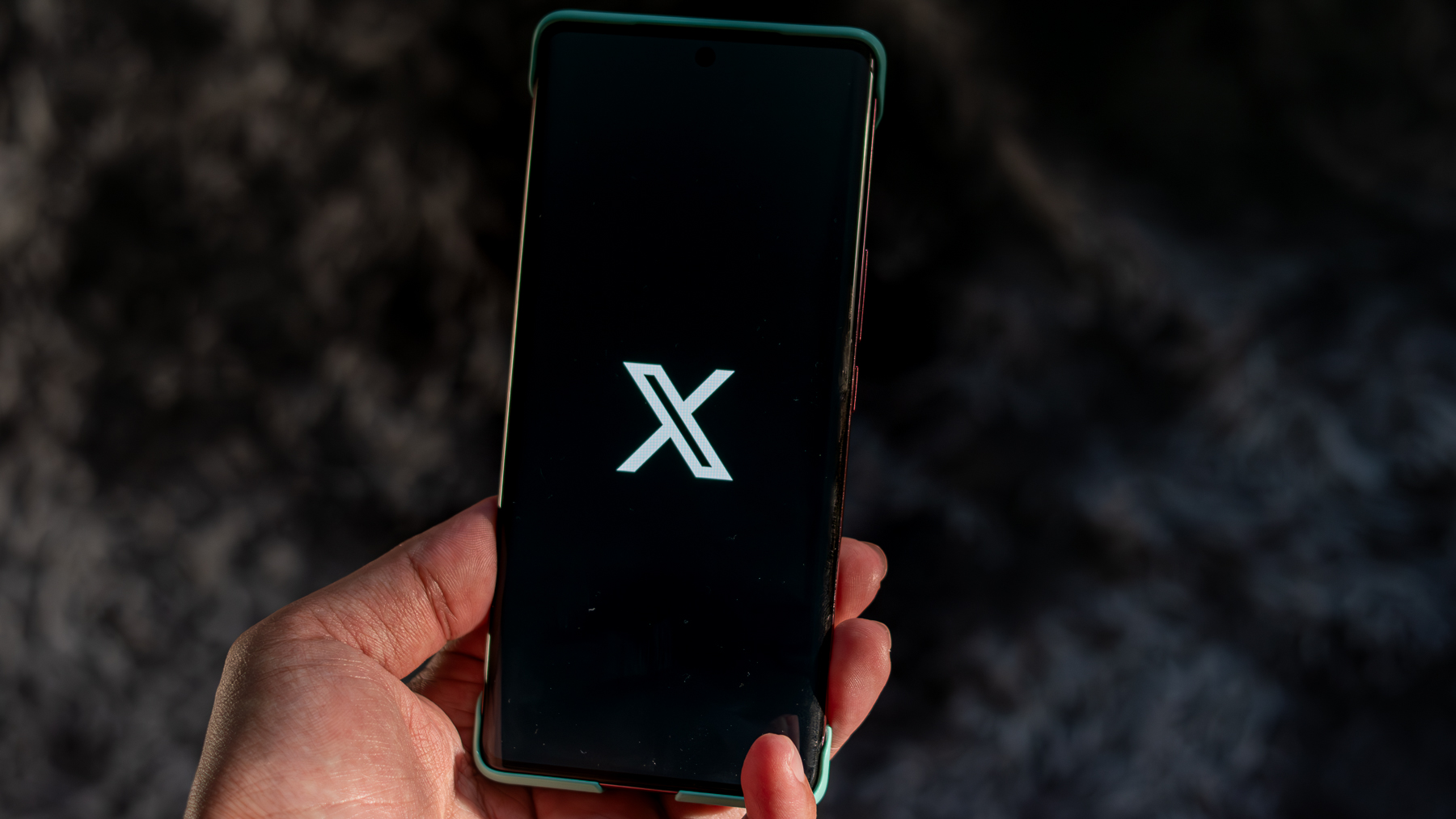Android 17: Everything you need to know
Here's a look at all the updates coming to Android in 2026.

Google just rolled out Android 16, and the update will be making its way to the broader Android ecosystem over the coming months. If you've got an eligible Pixel (Pixel 6 and above), you can install Android 16 right now, and while it is short on exciting new features — those are coming later this year — it brings plenty of usability changes.
With Android 16 behind us, Google is hard at work on Android 17. While we don't know what features will end up in the next iteration of Android, we can make several guesses — Google omitted features in the stable Android 16 build that showed up in the beta, and there's a good likelihood that these will end up in Android 17.
Android 17 codename

Google doesn't have dessert codenames — that ended with Android 10 — but it still uses internal codenames with Android releases. Android 14 was Upside Down Cake, Android 15 was Vanilla Ice Cream, and with Android 16, Google switched back to Baklava, so if it maintains a consistent naming scheme, Android 17 will likely be something around C, so we could get cheesecake or chocolate bar.
These things leak well in advance, so we don't have to wait too long to know more about the codename or release details.
Android 17 features

We are well past the point where new Android versions get groundbreaking features; the goal with every new version update is to bring tweaks to security and privacy features, and deliver usability changes that make a difference in daily use. That said, Google just showcased a bold new design language with Android 16, dubbed Material 3 Expressive.
There's just one problem — Material 3 Expressive isn't launching until Q4 2025 on Pixels, and that means other devices will miss out on the UI overhaul at least until Android 17. That is if manufacturers like Samsung, OPPO, Vivo, and Xiaomi even bother to integrate the design aesthetic.
That wasn't the case with Material You on these devices; while these brands used some features like the dynamic color picker, they broadly retained their distinct visual styling in lieu of the vibrant hues of Google's design. While it would be great to see a Vivo phone with a UI similar to that of a Pixel, that just isn't going to be possible.
Get the latest news from Android Central, your trusted companion in the world of Android
We should get a better idea of the features in the coming weeks, but Android 17 should get better protections against local internet access and factory reset. Google showcased these features this year, but they didn't make it to Android 16, so it's a good bet that they're going to debut next year.
Android 17 release date

Google switched up its Android strategy with Android 16; instead of releasing the stable build at the end of Q3 or early Q4, it introduced the release in Q2. Ostensibly, this is to ensure that devices launching in the fall — including the Pixel 10 and Galaxy Z Fold 7 — debut with the latest Android build instead of getting the update later in the year.
In addition to that, Google is releasing a secondary Android update that will come out in Q4, dubbed the minor release. It's clear that this is the path the search giant is taking with Android in general, and we should see initial Android 17 builds sometime in the month of November 2025. That was the case last year with Android 16, and there's no reason to suggest Google would alter its timeline with Android 17.
Obviously, we're light on details regarding Android 17 at the moment, but that will change over the coming weeks as Google details its plans.

Harish Jonnalagadda is Android Central's Senior Editor overseeing mobile coverage. In his current role, he leads the site's coverage of Chinese phone brands, networking products, and AV gear. He has been testing phones for over a decade, and has extensive experience in mobile hardware and the global semiconductor industry. Contact him on Twitter at @chunkynerd.
You must confirm your public display name before commenting
Please logout and then login again, you will then be prompted to enter your display name.
